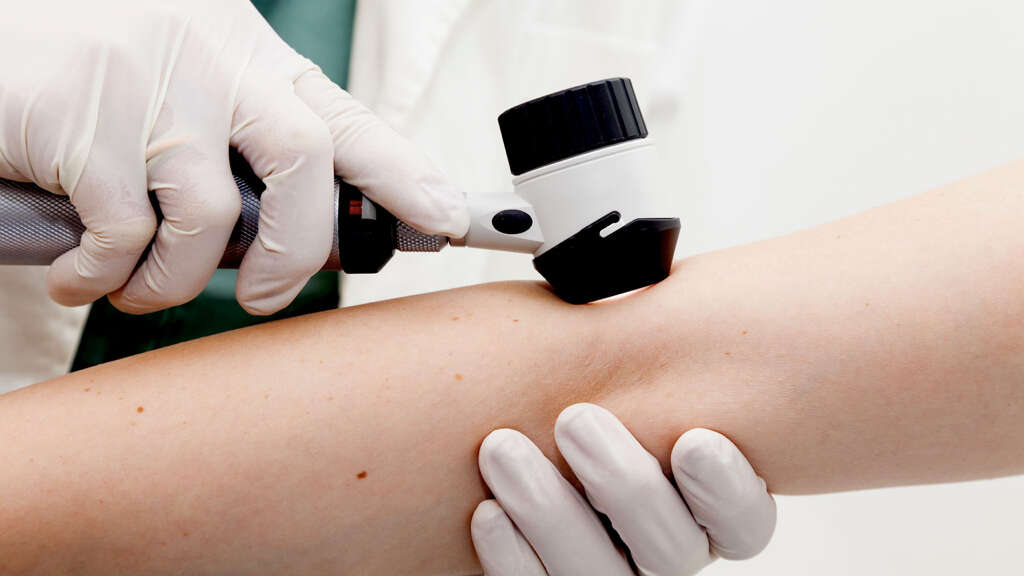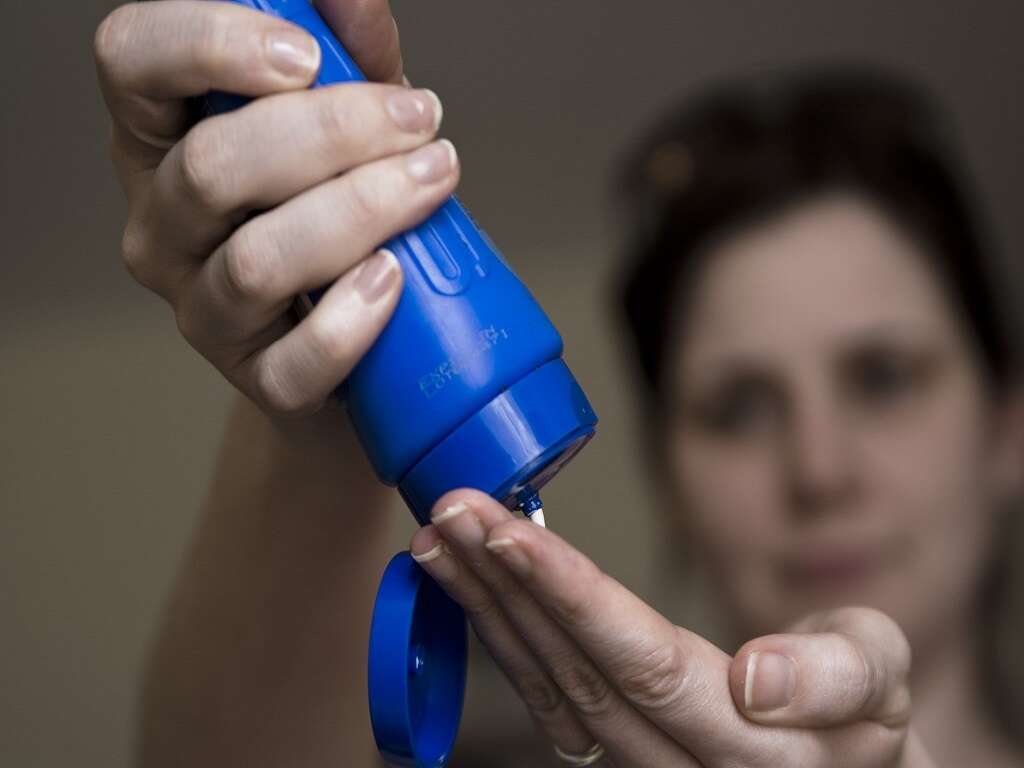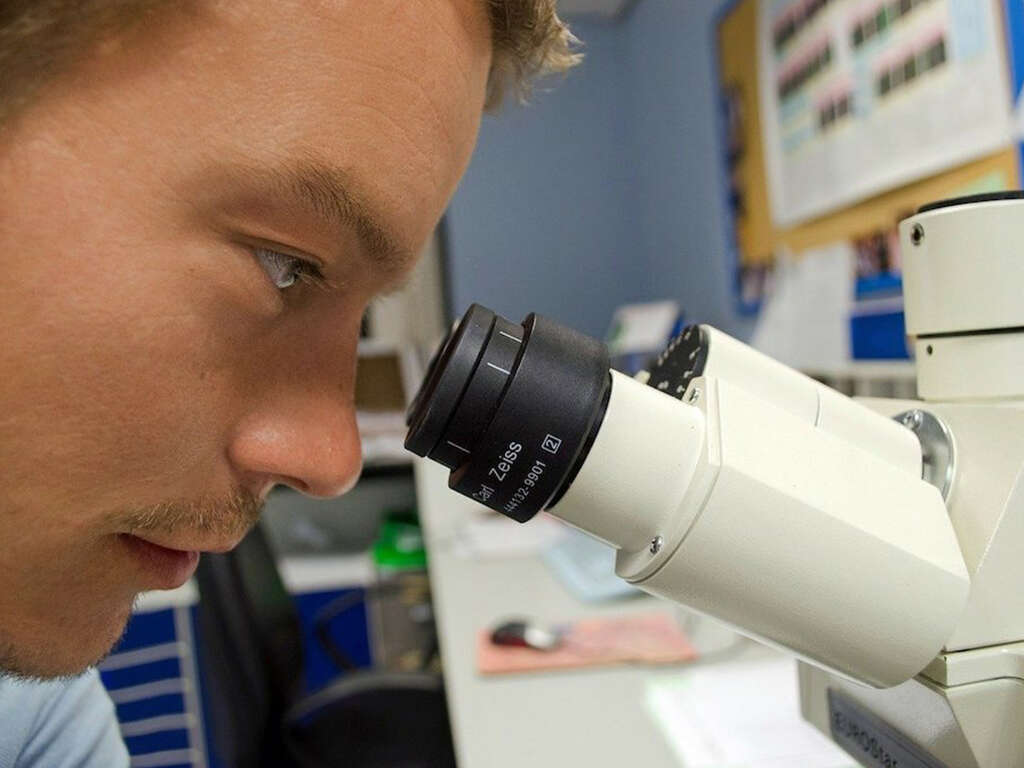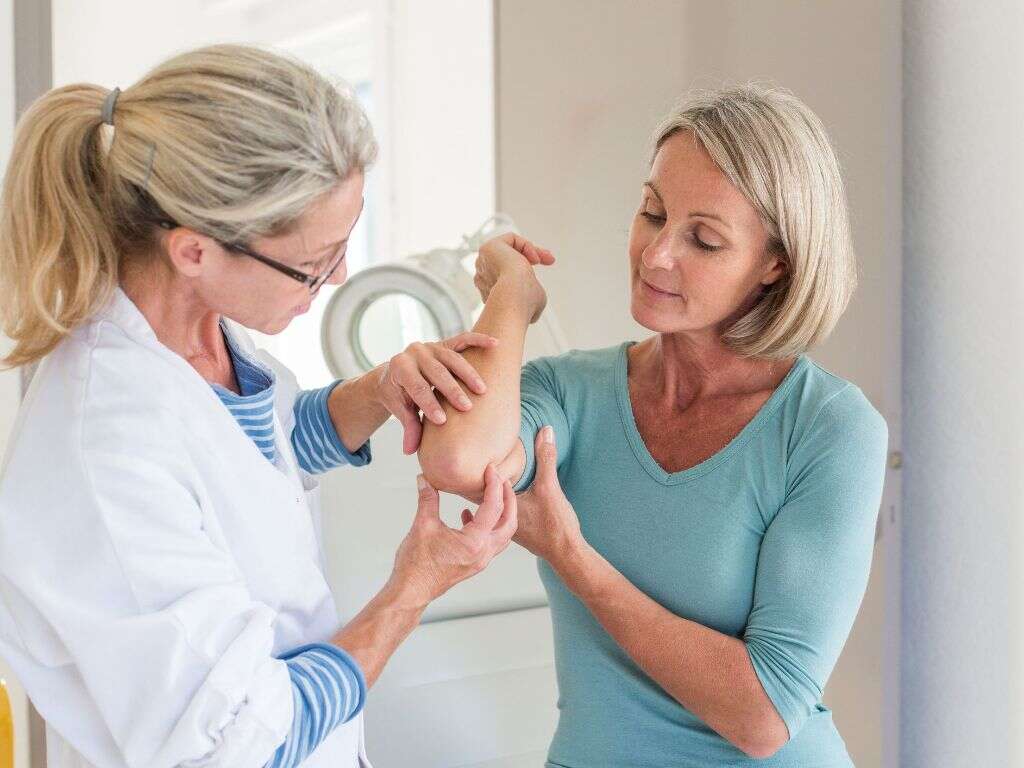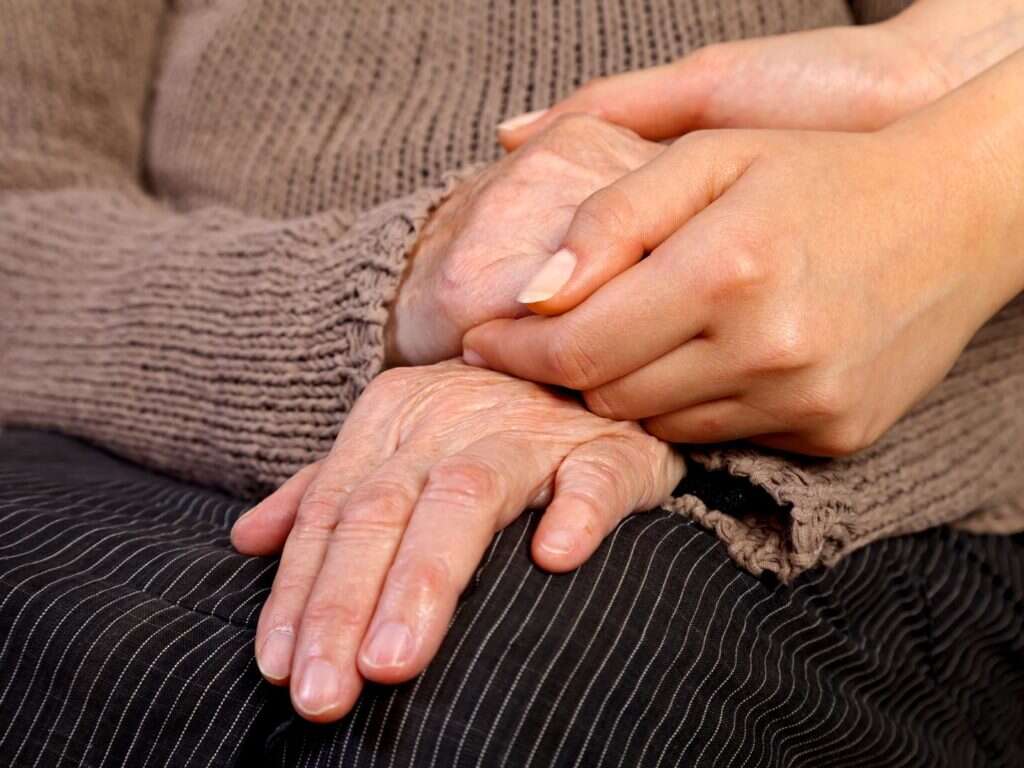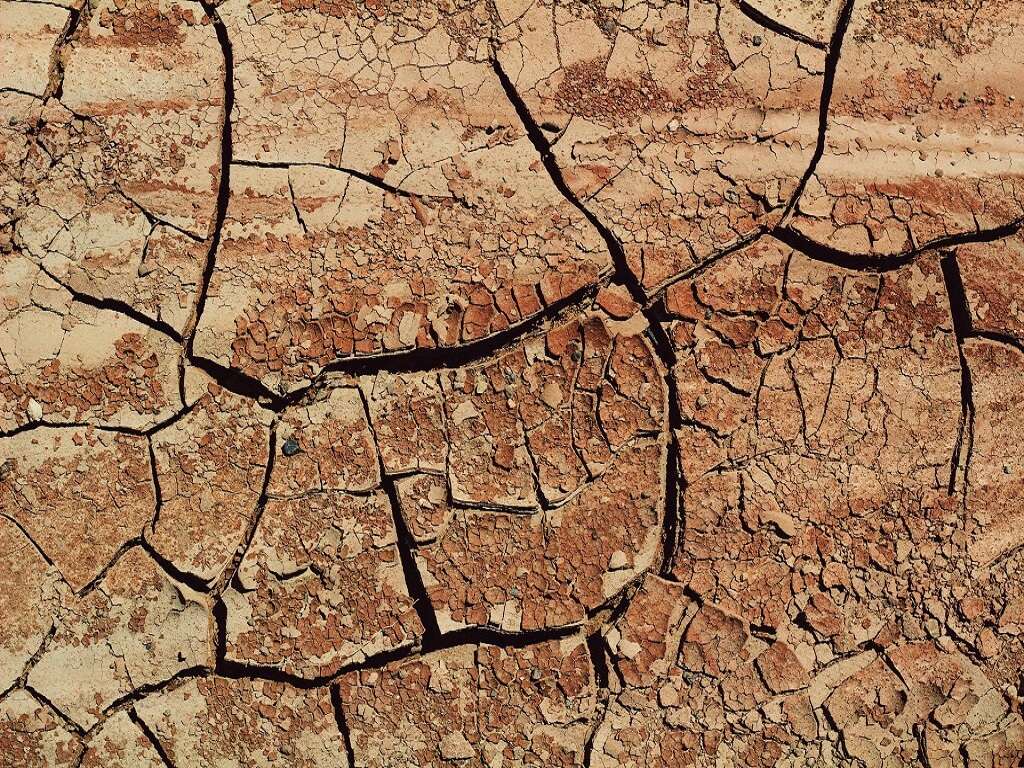What Is Scleroderma?
8. Diagnosis
As mentioned earlier, it is hard to diagnose scleroderma. The condition develops gradually and has many types. Besides, its symptoms are similar to those of many other autoimmune and nonautoimmune disorders. The patients usually visit a physician first, and after physical examination and basic tests, will be referred to a rheumatologist.
The rheumatologist performs additional tests including a skin biopsy using an electron microscope to see any changes in the blood vessels, capillaries, or around fingernails. A blood sample may also be examined for certain antibodies. In general, while diagnosing scleroderma, doctors check skin, gastrointestinal tract, lungs, joints, heart, and muscles. Shortness of breath, joint pain, and deposition of calcium are among the top signs of scleroderma.
Advertisement
